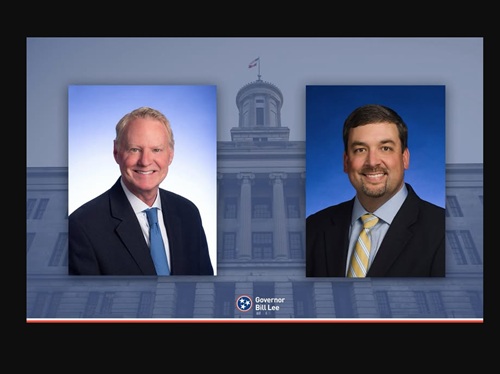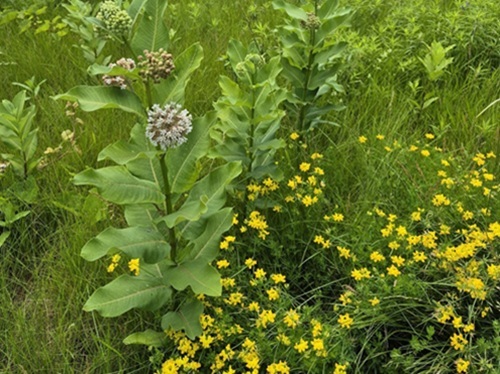Governor Laura Kelly (D) noted on July 9 that Kansas plans to provide $776 million to 24 statewide highway projects as part of a transportation infrastructure investment plan originally unveiled in 2020.
[Above photo by the Kansas DOT]
“Expanding and modernizing our highways will enhance accessibility and road safety to recruit new businesses and families to every Kansas community,” said Gov. Kelly in a statement.

“Since day one, we’ve honored our commitment to ending the practice of using infrastructure dollars for projects they were never meant for – instead using these dollars to fix our roads, bridges, and expand broadband access,” she added. “These 24 projects are further proof that good stewardship of these funds is benefitting our communities, taxpayers, and businesses.”
Julie Lorenz, secretary of the Kansas Department of Transportation, said her agency selected those 24 projects for funding following “local consult meetings” held throughout fall 2019 to help identify regional transportation priorities and determine cost-effective ways to deliver them.

“These statewide improvements support communities and help meet current and future transportation needs,” she noted.
Lorenz added that the Kansas DOT plans to host more local consult meetings this fall to identify additional regional priorities within the “project development pipeline.”
In June, the agency issued more than $42 million to support 30 transportation projects statewide via the latest round of funding from its Cost Share Program for the spring 2021 construction season.
The agency noted that its Cost Share Program – a component of the state’s 10-year Eisenhower Legacy Transportation or IKE Program – aims to help both rural and urban areas advance projects that improve safety, support job retention and economic growth, relieve traffic congestion, plus improve access and mobility.
The Kansas DOT added that it took advantage of 2020 federal coronavirus relief funds by doubling available grants for this the fourth round of Cost Share funding – adjusting its selection criteria to take into account hardships caused by the pandemic, adding “points” to communities that endured above-average economic loss.
 States
States


